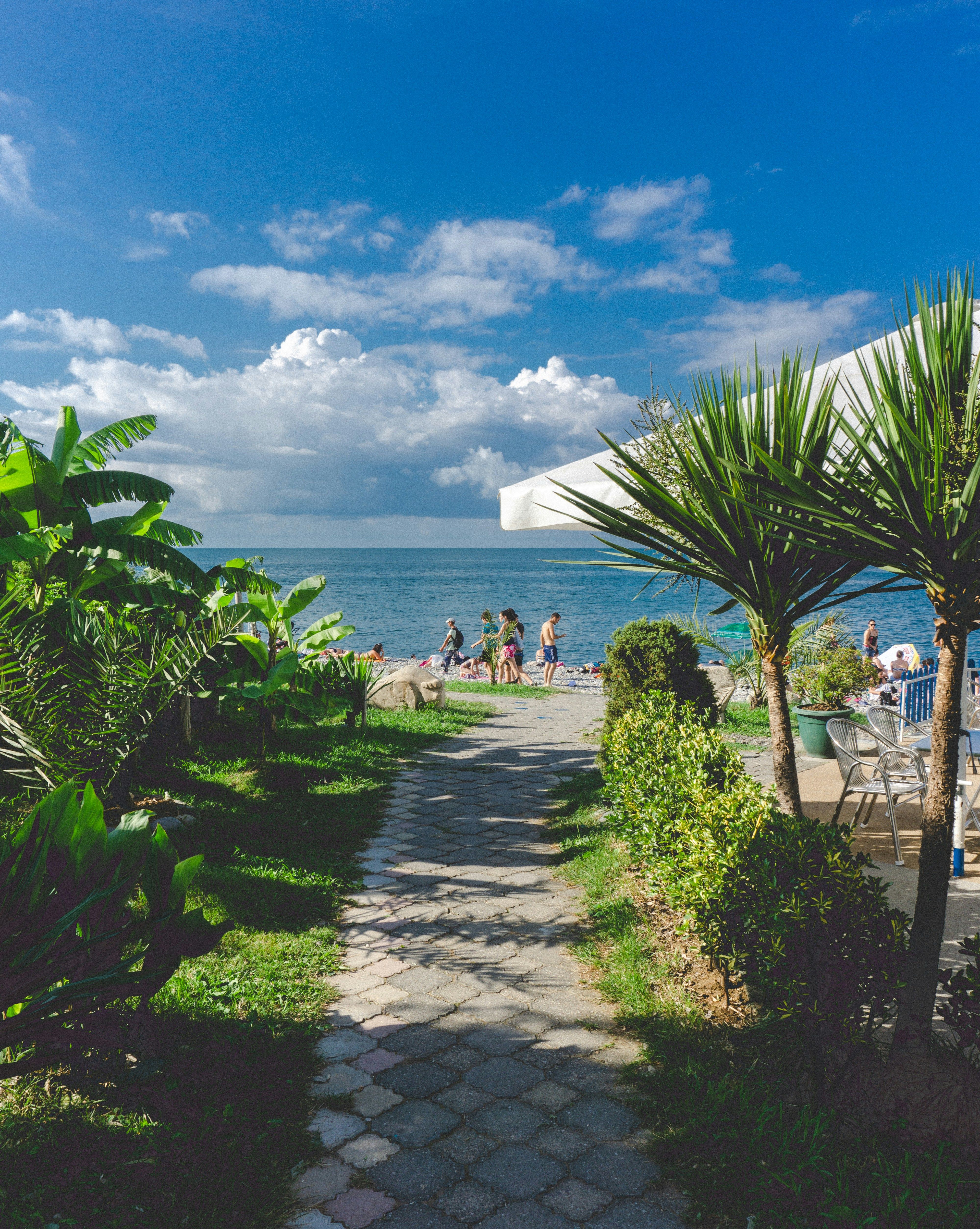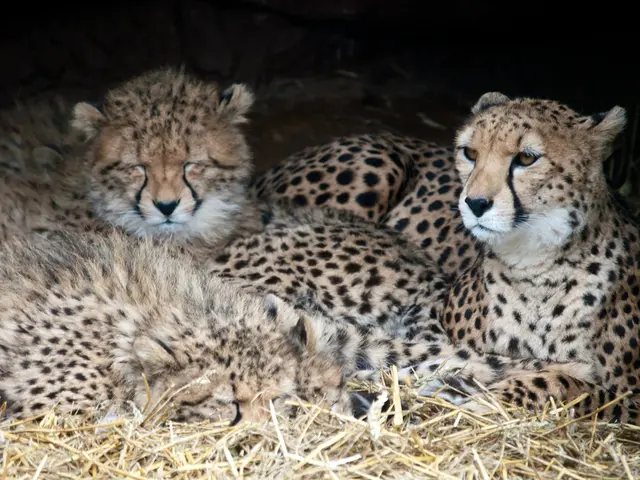Wind Energy Sector: Uptrend in the Industry
Offshore Wind Energy sector in Germany shows ambition and challenges
Germany's wind energy industry is projecting optimism towards the future, as the land-based onshore market is developing favorably, according to a sector-wide survey. The offshore wind farms are expected to become larger and more efficient in the future.
The German economy is facing a downturn, but the wind energy sector seems relatively optimistic in light of the latest Windenergy Trend Index. This barometer is published twice a year by the Windenergy Messe Hamburg and the market research institute Windresearch, based on responses from over 1,400 industry representatives. The survey indicates a positive outlook for both the onshore and offshore sectors.
Onshore and Offshore: a Comparative Analysis
Participants in the survey view the near-term prospects (the next 12 months) for the German onshore market more favorably than ever before. However, in the offshore sector, while the overall mood remains positive, it has become slightly more restrained. The survey suggests that the average projected power output of a 2030 newly installed turbine is expected to reach 19.37 megawatts—a peak value. In contrast, the forecasted size of onshore turbines is expected to remain around 8.55 megawatts on average. More than 45% of survey respondents anticipate an average turbine output of at least 9 megawatts in the onshore segment.
Looking at the long-term picture, the report indicates that the industry as a whole is more hopeful for the future than it was in the spring. However, in Europe, the sentiment for onshore projects is relatively positive, though it is expected to decrease slightly for the offshore sector in the long run.
Addressing Major Challenges
German offshore wind parks continue to grapple with central challenges such as approval procedures, regulatory requirements, grid expansion, and high costs. In addition to these costs, investment barriers are also significant for onshore wind parks. The overall legal, political, and social conditions for the German wind industry, however, are seen positively by industry representatives. The legal and political frameworks for wind energy in the Asian market are evaluated significantly more positively in comparison to Germany and other countries worldwide. Asia has reached a new high in onshore wind turbines.
"Wind energy is the workhorse in the new energy system," writes Baerbel Heidebroek, President of Bundesverband WindEnergie, in the latest industry report. She states that the failed coalition has made crucial progress regarding wind power plants. Heidebroek anticipates a steady upward trend in approvals and encourages the next federal government to create better market conditions—including a faster grid expansion.
The high costs, approvals, regulatory requirements, and network expansion challenges persist for German offshore wind farms. For onshore wind farms, aside from the additional financial obstacles, the investment costs pose the most significant hurdle. However, the legal, political, and social conditions for the German wind industry are seen increasingly positively by industry representatives. In comparison, the legal and political frameworks for wind energy in the Asian market are evaluated significantly more positively in comparison to Germany and other countries worldwide. Asia has reached a new high in onshore wind turbines.
rab/dpa
Eva Rabbe_Eva Rabbe, born in 1999, is addressing sexualized violence on the streets of her hometown Braunschweig and founded the initiative Catcallsofbs in 2020. She completed her bachelor's degree in Medienmanagement in Salzgitter. For a stint at Jung von Matt, she moved to Hamburg, where she developed Social Media Concepts for various businesses as a student. The only thing that kept her from running the half-marathon in Berlin for Adidas was Corona. In addition to jogging and photography, Eva also enjoys performing on stage at the Thalia Theater. Abbreviation: rab
- rabbe1
- 2
- 3
- 4
- 5
- The offshore wind sector in Germany is anticipating larger and more efficient wind farms in the future, despite challenging regulatory requirements and costs, similar to the optimistic outlook in the renewable-energy industry.
- Environmental-science experts suggest that investing in finance for offshore wind energy is crucial for the future of the environment, given the increasing average power output of turbines and the positive industry sentiments.
- In comparison to the German wind industry, Asia is experiencing significant growth in onshore wind turbines, with more favorable legal and political frameworks for renewable-energy investments, demonstrating opportunities for collaboration and innovation in the wind energy industry.








